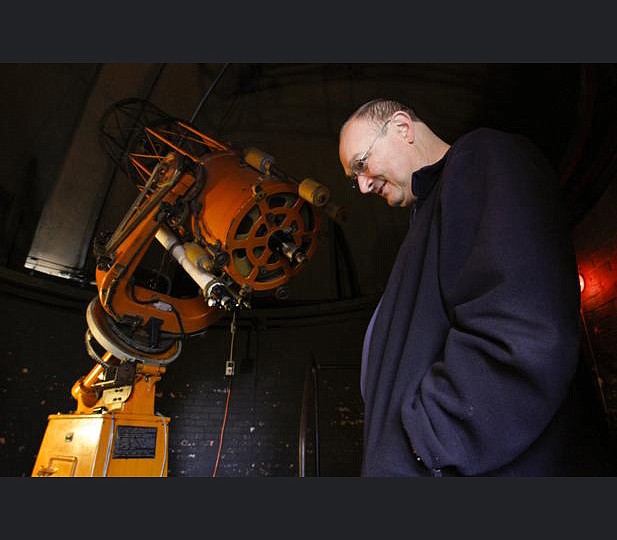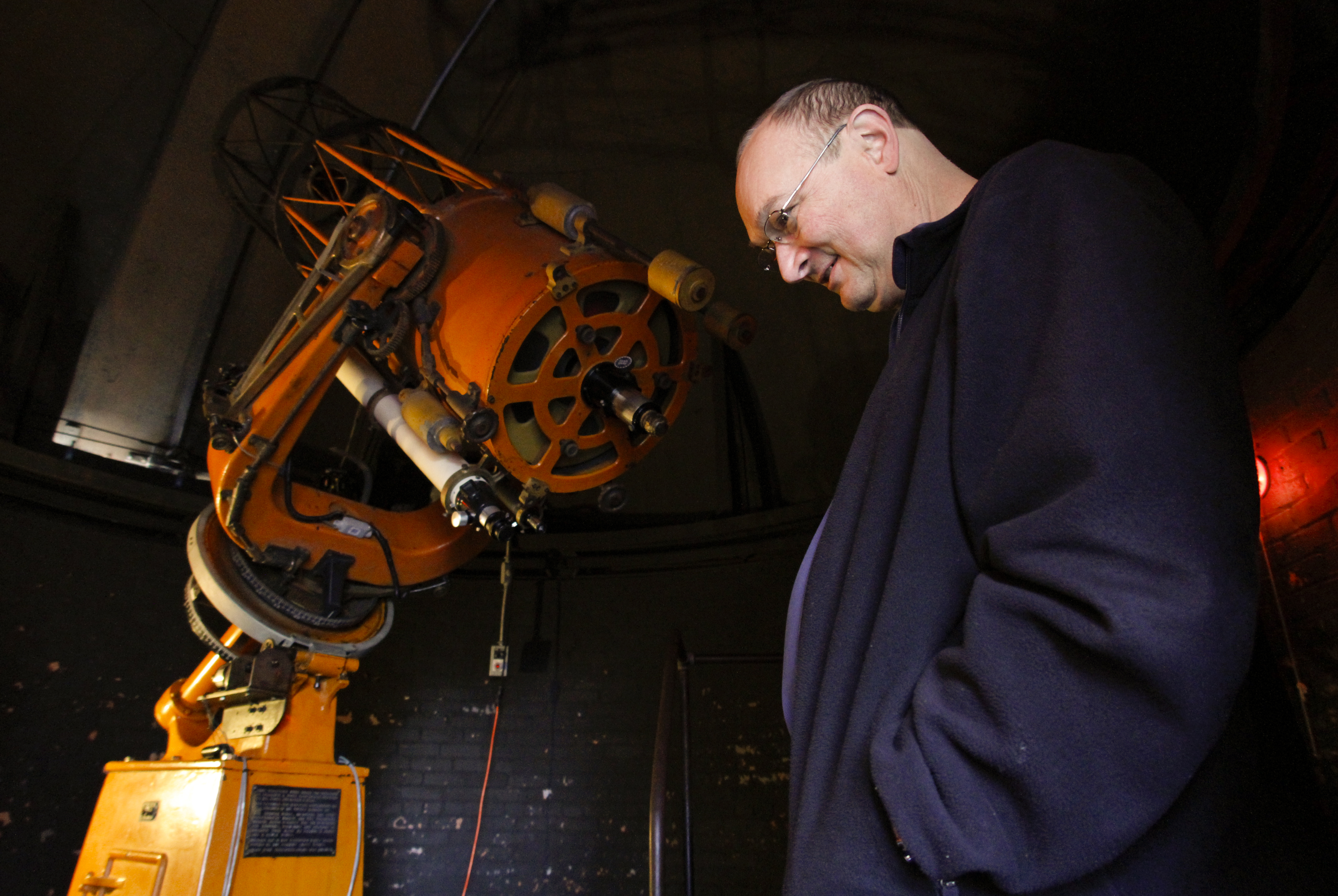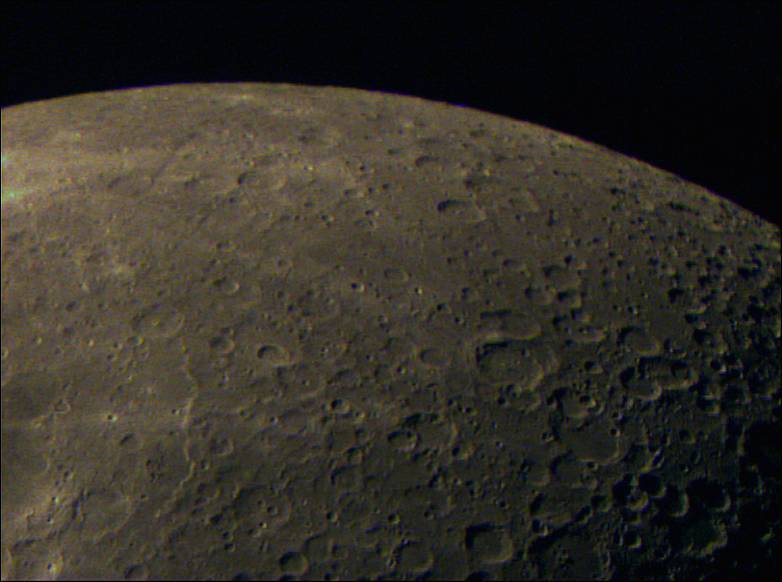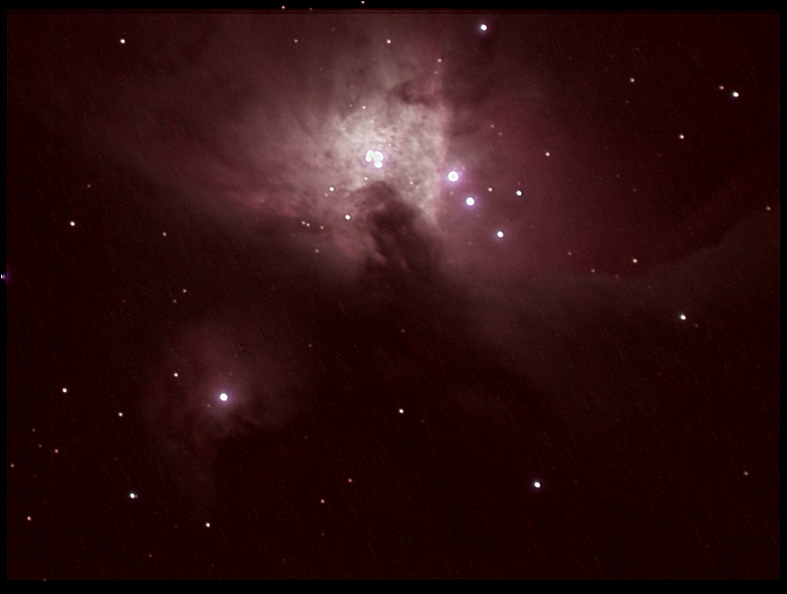OBSERVATORY SCHEDULEThe Clarence T. Jones Observatory, 10 Tuxedo Ave., hosts public seminars and viewings at 6:30 p.m. on Sundays during the University of Tennessee at Chattanooga's fall and spring semesters. Telescope viewings continue until 9 p.m. Here's what's coming up:* Sunday, March 24: Discussion of the Kuiper Belt; featured constellation is Orion.* April 7: Discussion of the New Horizons mission to Pluto; featured constellation is Taurus.* April 14: Discussion of the New Horizons mission to Pluto; featured constellation is Leo.* April 21: Discussion of the latest from Saturn's moon Titan; featured constellation is the Summer Triangle.* April 28: Discussion of the latest from Saturn's moon Titan; featured constellation is the Summer Triangle.TIMELINE* 1925: The Barnard Astronomical Society first proposes purchasing a telescope.* 1935: Architect and amateur astronomer Clarence T. Jones presents the city with a plan for an observatory and telescope.* 1936: Using city funds and a federal grant, the observatory is opened.* May 13, 1937: The 20.5-inch telescope is put into operation.* Sept. 30, 1938: The observatory is formally dedicated.* 1940: The observatory is open every night but Sunday.* 1944: The observatory is ceded for 99 years to the University of Chattanooga by the city board of education.* 1950s: The observatory begins Operation Moonwatch, a volunteer program to track satellites and improve orbital pattern prediction.* 1958: A planetarium is added, using a grant from the Benwood Foundation.* 1981: The university disputes the astronomical society's use of the observatory without university staff present and requires its members to relinquish their keys to the facility.* 1987: Chris Schumacher, a UTC undergraduate physics and philosophy major, is observatory director.* 1990: Observatory is the target of vandals and is mostly used by students, some of whom meet there to play Dungeons & Dragons.* 1992-2000: Budget surpluses from other university departments is used to undo damage caused by years of neglect to the observatory.* 2007: The observatory receives a $280,000, six-month renovation, including sandblasting and repainting the dome and repairing the roof, brickwork and front door.* December 2009: The observatory is one of three Chattanooga buildings placed on the National Historic Register.Source: Newspaper archives, past and current observatory managers
On Wednesday, Aug. 27, 2003, Mars came within 35 million miles of Earth - mere spitting distance, astronomically speaking, and a once-in-60,000-year occurrence.
When Clarence T. Jones Observatory Operations Manager Jack Pitkin arrived the following Sunday to present the facility's regular public viewing, he encountered a crowd of hundreds clamoring for a glimpse of Earth's ruddy neighbor through the observatory's 20.5-inch telescope.
He went home exhausted at 3 a.m. but returned the next evening, intending to give his family a private viewing. The observatory wouldn't normally have been open, but when they arrived, an even-larger crowd was waiting.
"We had people stand in line down there for up to four hours just to see the ice caps of Mars with their own eyes," remembers Pitkin, who has been at the observatory, located behind the Brainerd Road Bi-Lo, for about 13 years.
Facilitating such intimate connections between the public and the heavens has been the core of the observatory's mission for more than 75 years. People visit observatories, Pitkin says, for the same reason they buy tickets to football games -- the game might be viewed more easily and in greater comfort at home, but there's an inherent value to witnessing something in person.
"At the risk of sounding like an over-age science teacher, learning science is a participant sport, not a spectator sport," he says.
A scope of their own
The Clarence T. Jones Observatory was the brainchild of its namesake, a Lookout Mountain-based architect and amateur astronomer. In the early 1930s, he joined the local Barnard Astronomical Society, which had wanted an stargazing telescope for years, but the $20,000 cost -- about $336,000 in 2013 dollars -- was too high.
Jones proposed a less-expensive alternative: Why buy one when they could make their own? In 1935, he presented city officials with a plans for an observatory and a telescope, which would be constructed almost exclusively through volunteer labor.
Hamilton National Bank President T.R. Preston donated land for the project -- a remote, barren hilltop above what is now 21st Century Academy. Construction was largely was funded by $17,000, divided about equally between a U.S. Public Works Administration grant and city funding, according to news archives.
The observatory building was completed in 1936 while the telescope was still being constructed. Over the course of a year, Jones and his sons worked on the telescope in the observatory's basement. Visitors were able to get their first close look at the skies in 1937, and the observatory was officially dedicated in 1938, making this year its 75th birthday. Although it since has outpaced by other institutions, the 20.5-inch telescope was the largest amateur-built telescope in the world when it was completed, Pitkin says.
Ground control
"Those who have had a leading part in its construction undoubtedly will live to see countless thousands ... receive immeasurable benefit through its use," reads an city official's statement about the observatory in a 1937 Times article.
But the enthusiasm soon faded. In a 1944 Chattanooga Times article, city schools Superintendent Lawrence G. Derthick said the system wasn't fully utilizing the observatory and never would be able to, calling it "a liability, rather than an asset, to the city."
The board of education gave the observatory to the University of Chattanooga, now UTC. As part of a 99-year agreement, the observatory would remain open to the public and school groups one night a week, and the school agreed to offer astronomy courses.
However, by the 1980s, the observatory was all but abandoned by UTC, according to Bobby Thompson, who served as its operations manager from 1992 to 2000. When he arrived, the observatory's doors wouldn't lock, the viewing dome wouldn't rotate and the windows were broken out, Thompson says. The telescope was missing parts and hadn't been cleaned in years, he adds, and a group of student Dungeons and Dragons players were using the facility as a gaming den.
Thompson began diverting budget excess from the college's physics and geology departments to get the observatory off the ropes. In all, he says he funneled about $20,000 to $25,000 to the facility.
Star people
Tom Adkins, 64, first visited the observatory in eighth or ninth grade. At the time, he says, the telescope seemed enormous, and looking through it awakened in him a love of science that helped drive him to become a physicist.
"If you never expose people to that, they might never realize they have that interest and how exciting it can be," says Adkins, who has been a member of the Barnard Astronomical Society for about 50 years and attended Brainerd Junior High, which is now 21st Century Academy.
Kirk Eidson, 57, first visited the observatory in second grade on a Cub Scout trip. He can't remember what he saw first, but he does remember the thrill of walking up to the eyepiece and "see[ing] into the heavens."
"You walk up to that big hunk of steel, put your eye up there and 'Wow' is the first thing that comes out of your mouth," says Eidson, who still regularly attends the observatory's Sunday night viewings with his stepson, Robert Ingle.
Held while UTC is in session, each program begins with a short lecture and a presentation in the planetarium. If conditions are clear, guests are taken in groups of 10 to view the night's target object through the telescope. If the group is too large, some guests will set up a secondary viewing station in a nearby graveyard, using the observatory's mobile 8- and 10-inch telescopes.
Even when conditions are ideal, however, viewing is limited, thanks to the interference of high humidity and worsening light pollution from the surrounding Brainerd community. As a result, the telescope primarily is used to view only the brightest heavenly bodies, such as the moon, the planets and the Orion Nebula.
But observatory staff say focusing on objects thousands of light years away was never the facility's function. People don't care what they're looking at, Pitkin says, so long as they can see that Earth isn't a blue dot floating all alone in a vacuum.
"What we do with it is what we've done with it ever since we opened, [provide] a place for people to stare off into space and learn a little bit about astronomy," Pitkin says. "My philosophy is: If all we can see is the moon, then let's look at the moon."





